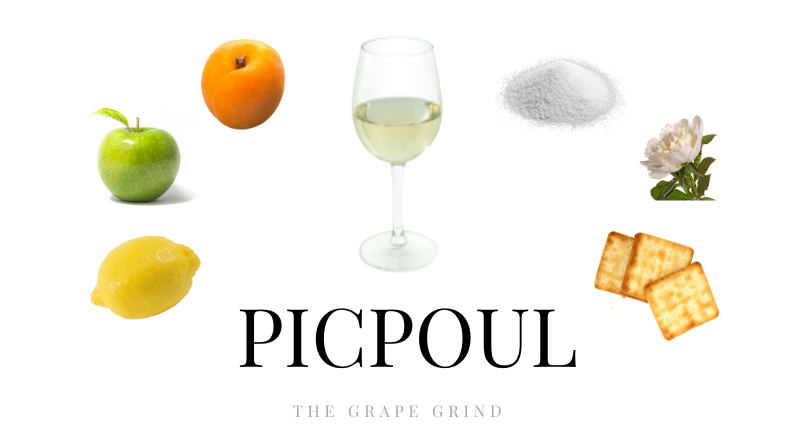
All You Need to Know About Picpoul: A Quick Guide
Picpoul was an underrated varietal until recently. In our hunt for more obscure grapes, it has become sought after for its food-friendliness and vibrant acidity. It makes a fantastic swap for refreshing whites like Pinot Gris or Sauvignon Blanc when you’re craving something a bit more unique but with similar qualities.
A few more notes on Picpoul:
- In addition to Picquepol Blanc, there is also Picquepol Gris (very rare) and Picquepol Noir, a black-skinned mutation with only a few plantings found in the Languedoc and Rhône regions. Picquepol Noir is typically used as a blending grape for Languedoc rosé and Châteauneuf-du-Pape.
- Traditionally aged in steel, some winemakers are beginning to explore aging on the lees (in contact with yeast) to give the wine a more toasted, bready aroma. This makes sense given Picpoul’s biting acidity, which should theoretically take well to aging.
Bright
Clean
Tart

Keep in mind the flavor of wine will depend greatly on your palate, and not all wines may exhibit these aromas and flavors!
Light Body

High Acid

Light to Medium Alcohol

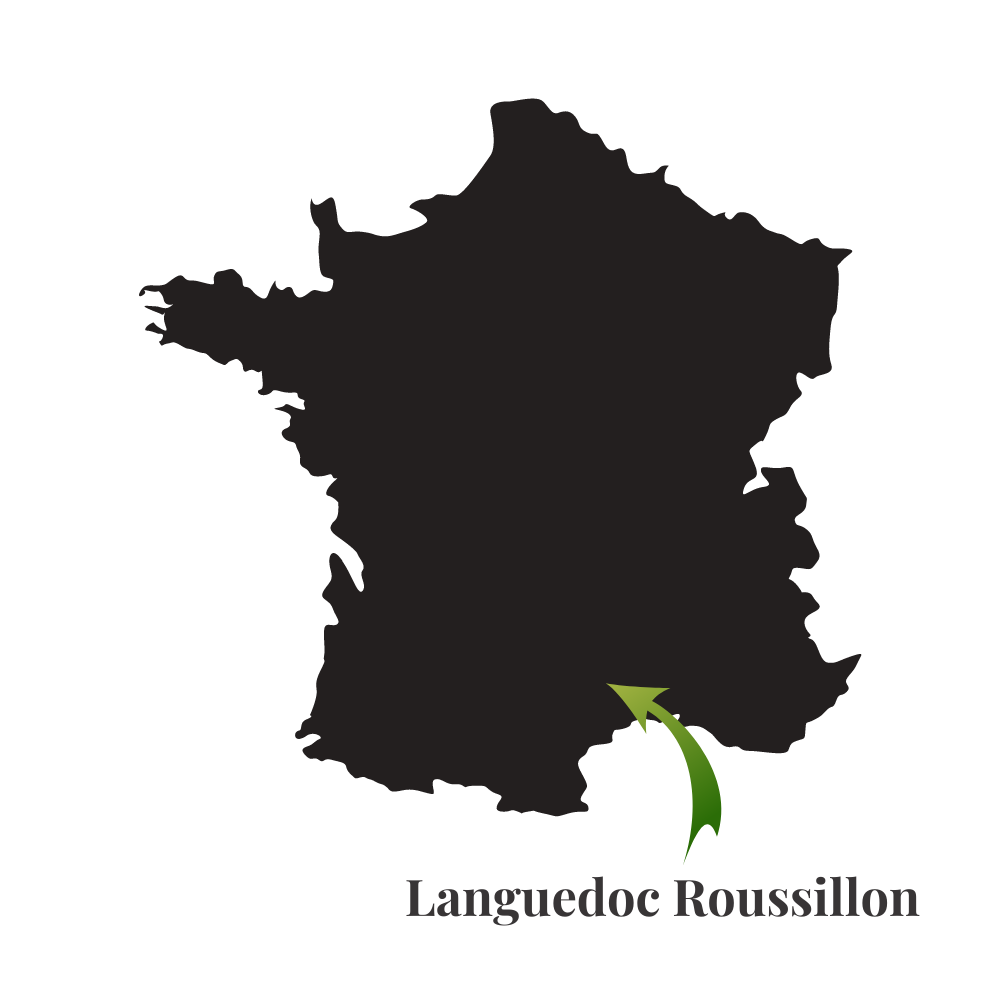
France
In addition to Languedoc, Picpoul is also found in smaller numbers in the Rhône Valley, where it’s one of the only six white grapes permitted to be used in the infamous Châteauneuf-du-Pape blends.
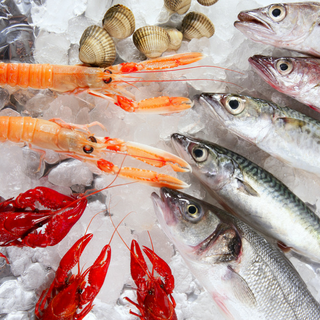
Seafood
Vibrant acidity, delicate body, and subtle mineral notes make Picpoul the perfect wine for pairing with seafood. From salmon to oysters, shrimp, and tender white fish, it’ll complement each dish without overpowering or tasting dull in comparison.
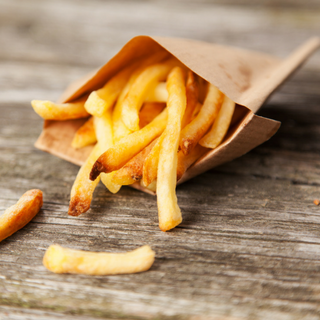
Fried Food
This is an example of using “opposites attract” to create a contrasting pairing. We’re battling the wine’s acidity and razor-sharp finish with oily, hearty, and salty flavors. The result is a wine that tastes sweeter and fruitier, and the food tastes more savory.
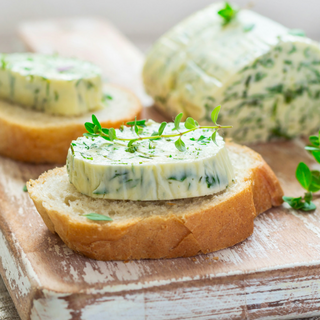
Goat Cheese
Similar to Sauvignon Blanc, Picpoul has sharp acidity and subtle green undertones, making it ideal for elevating and enriching the flavors of tangy cheeses—in this case, chèvre!
Grüner Veltliner has:
- More floral and spice aromas
- Generally less acidity
- Often higher alcohol and slightly fuller body







